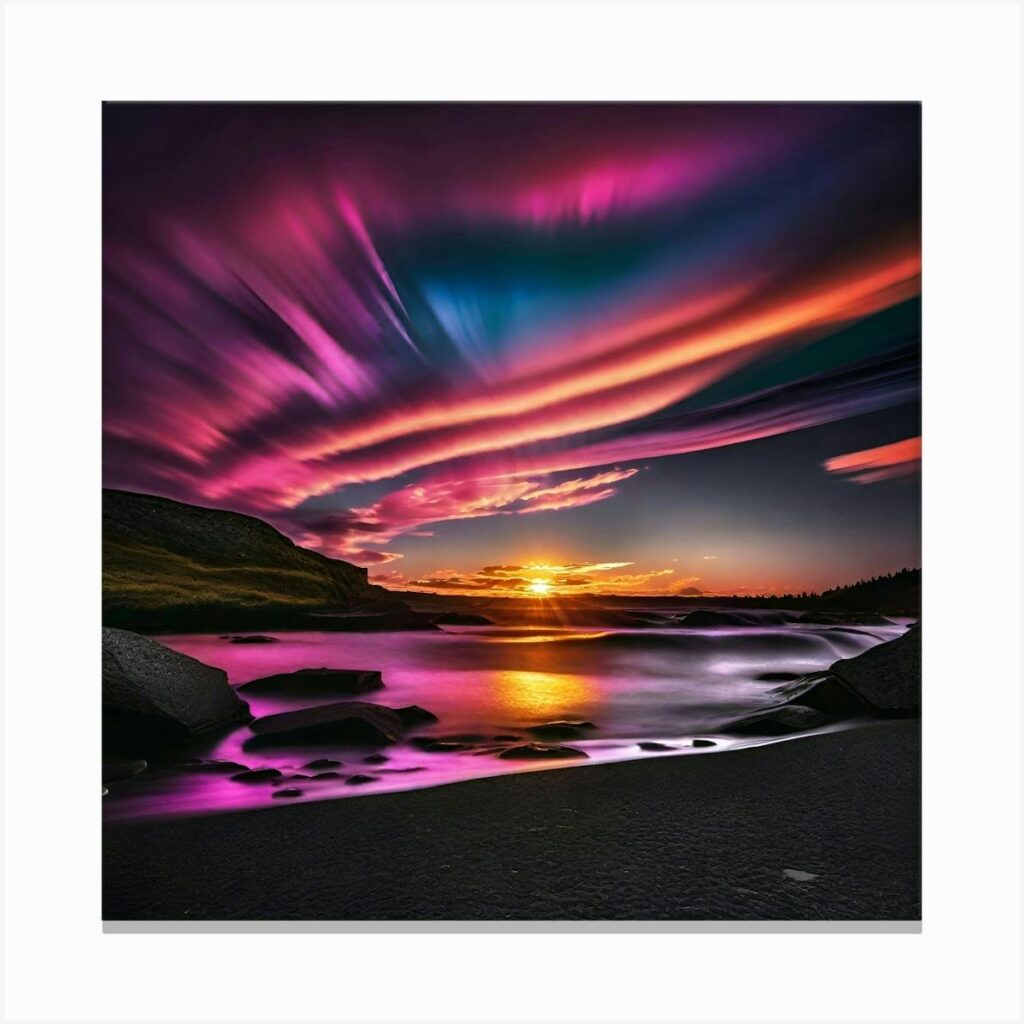
Introduction to the Aurora Borealis
The Aurora Borealis, also known as the Northern Lights, is one of nature’s most mesmerizing displays. This breathtaking phenomenon captivates millions of observers every year, particularly in regions close to the Arctic Circle, including Canada, Alaska, Scandinavia, and Russia. The importance of this celestial spectacle lies not only in its beauty but also in its scientific and cultural significance, as it has fascinated humans for centuries and influences various aspects of Indigenous folklore.
Understanding the Science Behind the Lights
The Aurora Borealis occurs when charged particles from the sun collide with gases in Earth’s atmosphere, primarily oxygen and nitrogen. These interactions create bursts of light in various colors, predominantly green, red, and violet, forming dynamic shapes that dance across the night sky. The best time to view the Northern Lights is during winter months in places with long, dark nights and clear skies.
Recent Events and Sightings
In October 2023, an intense solar storm provided excellent viewing conditions for the Aurora Borealis across parts of Canada and the northern United States. Reports of spectacular sightings flooded in from regions such as the Yukon, Northwest Territories, and even as far south as Montana. Experts have indicated that as the solar activity increases during the current solar cycle, we can expect even more vibrant displays of the lights in the coming months.
Cultural Significance and Economic Impact
The Aurora Borealis holds great cultural importance for many Indigenous peoples. Stories and legends related to the Northern Lights are woven into the fabric of their traditions and beliefs. Moreover, the Aurora Borealis is a significant driver of tourism in northern regions. Tour companies report increased bookings during peak viewing seasons, contributing to local economies. In 2022, tourism linked to the Aurora generated over $600 million across northern Canada.
Conclusion: Looking to the Future
The awe-inspiring beauty of the Aurora Borealis continues to act as a bridge between nature and human understanding. As scientific studies deepen our knowledge of solar activity and its effects on Earth, the excitement surrounding the Northern Lights remains palpable. For observers—tourists and locals alike—the Aurora serves as a reminder of the deep connections between our planet’s atmospheric phenomena and the cultures that celebrate them. With the anticipated rise in solar activity, it is reasonable to forecast an influx of visitors and heightened appreciation for this natural wonder in the years to come.



